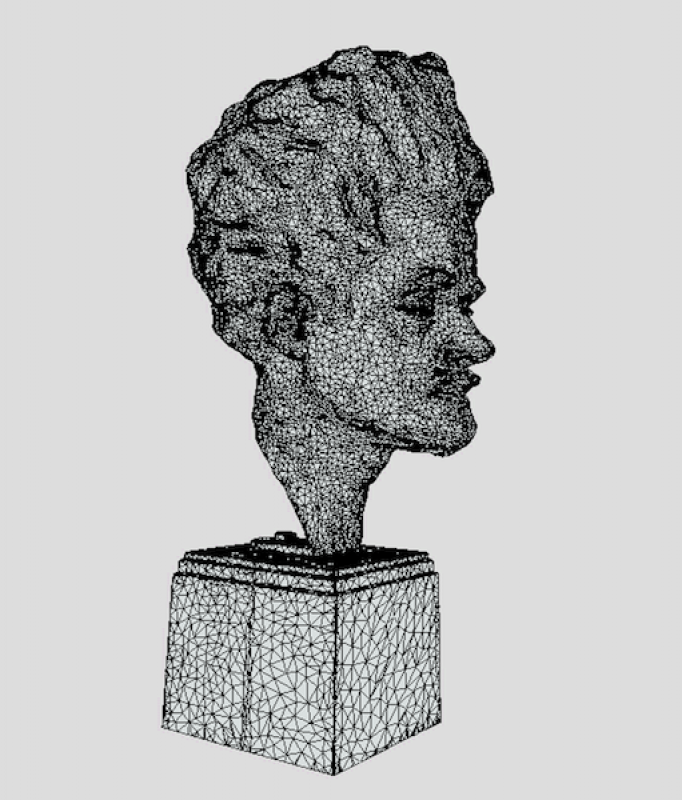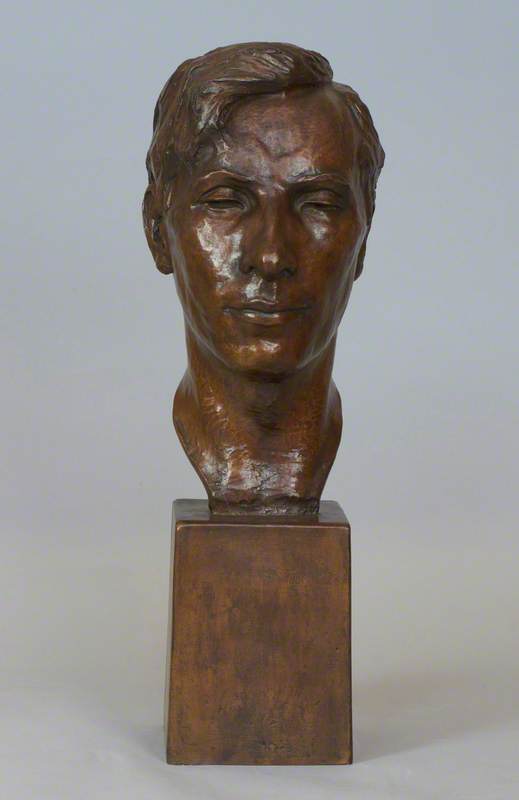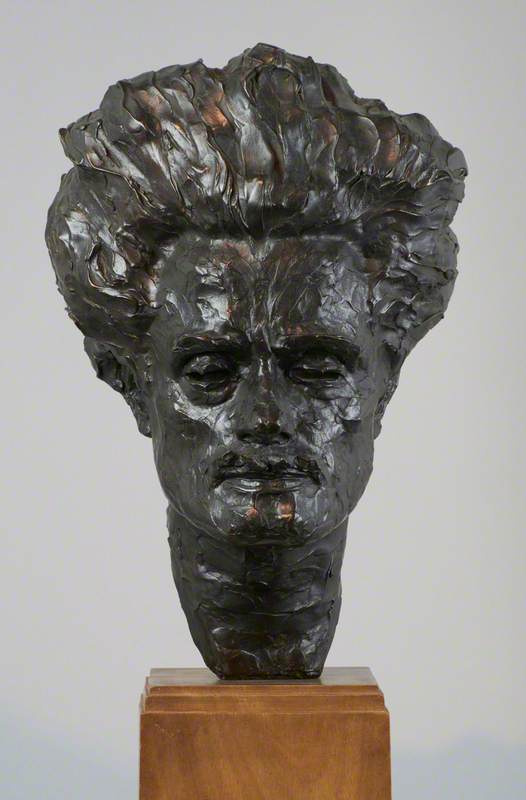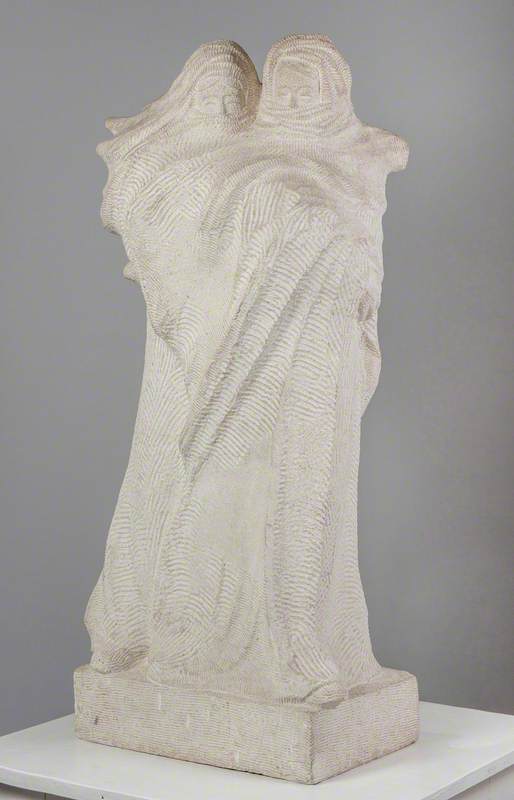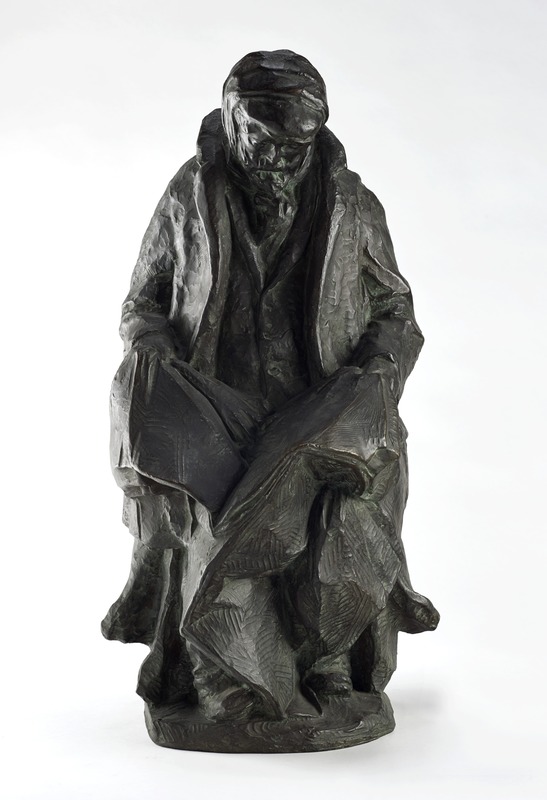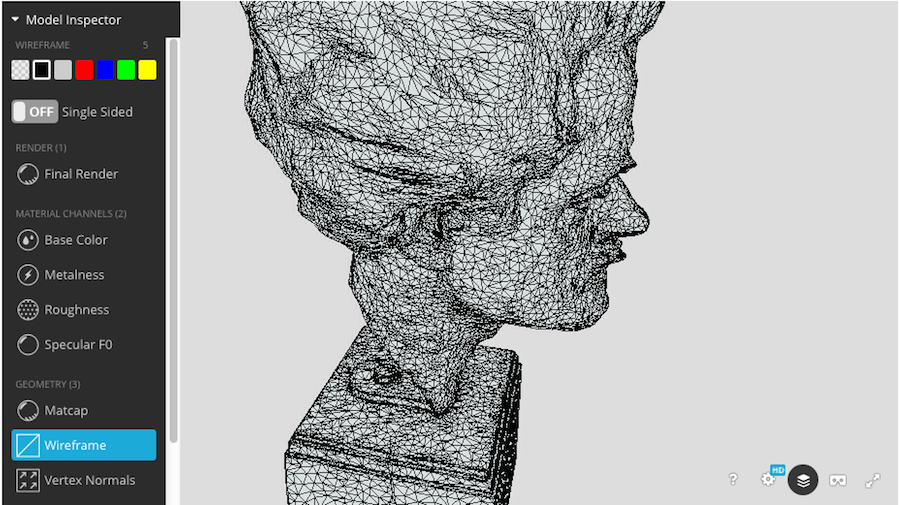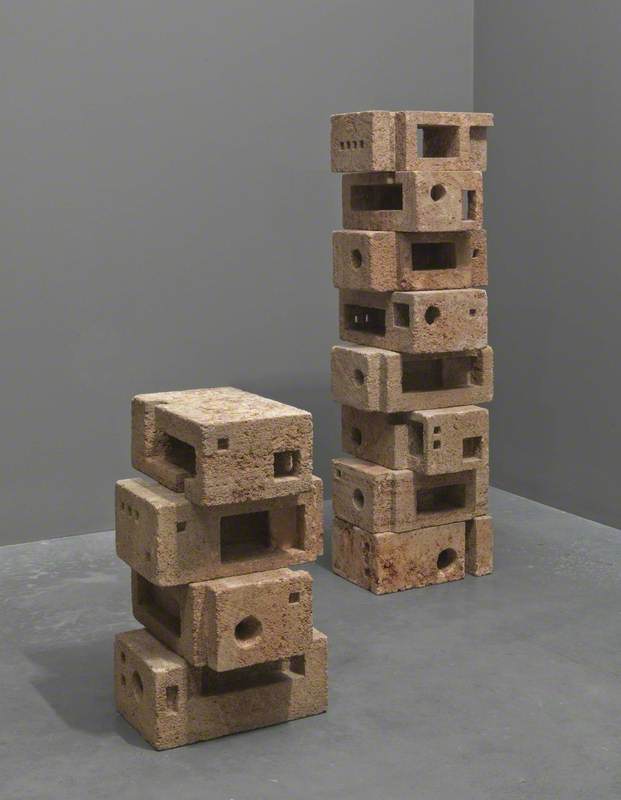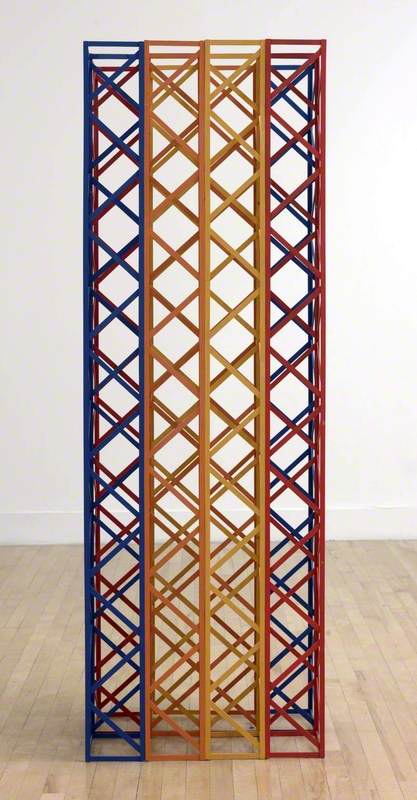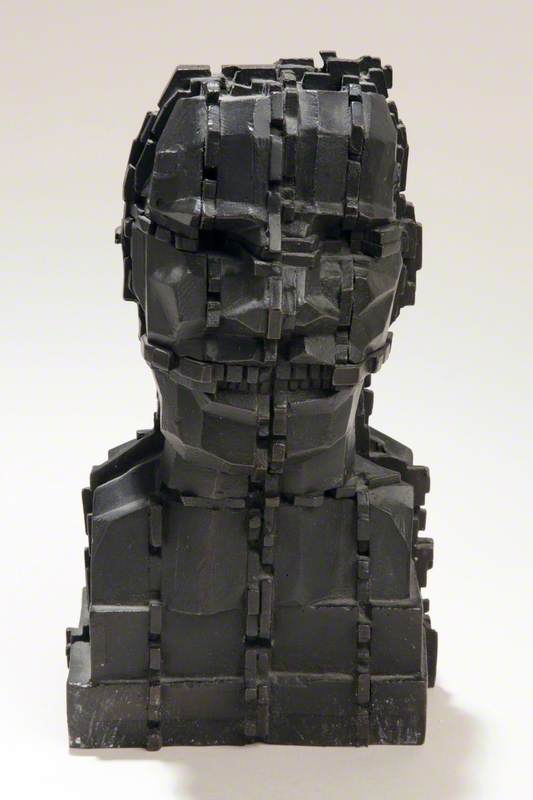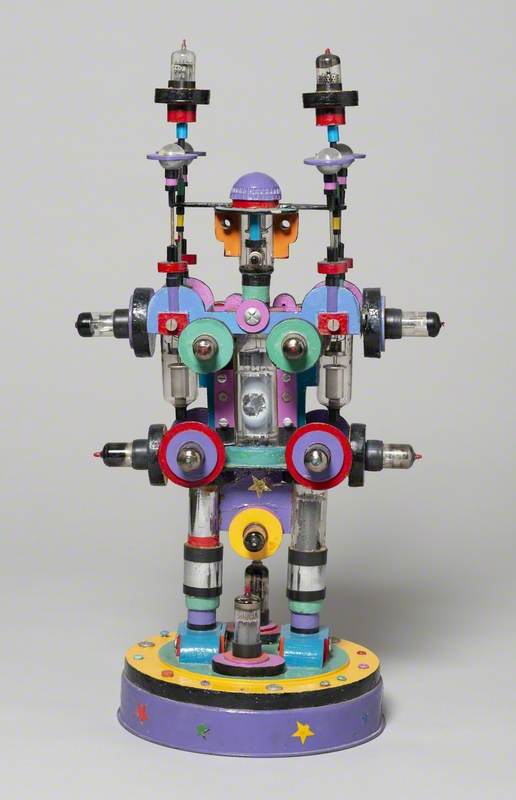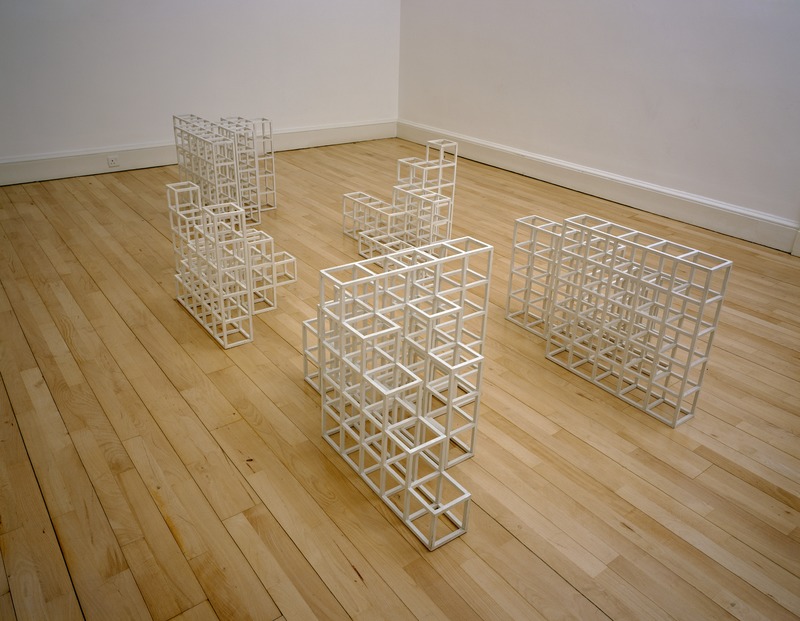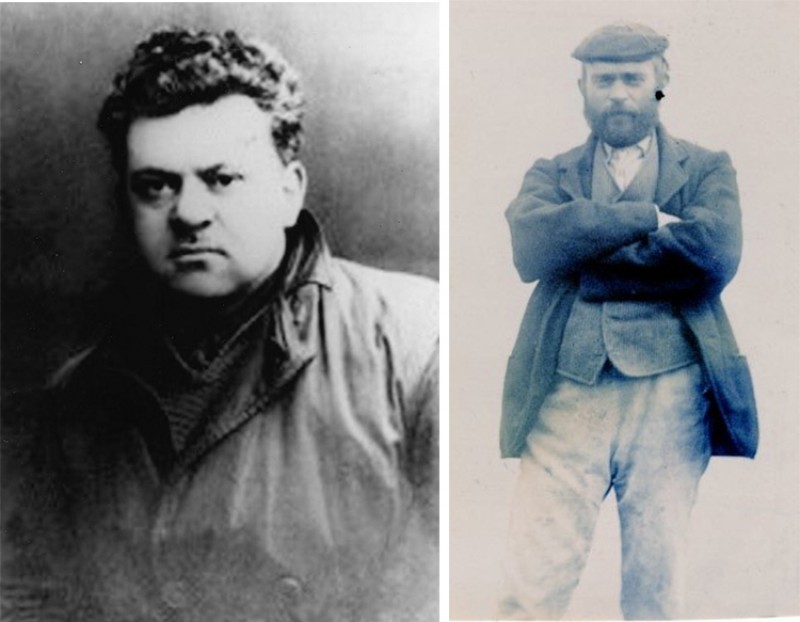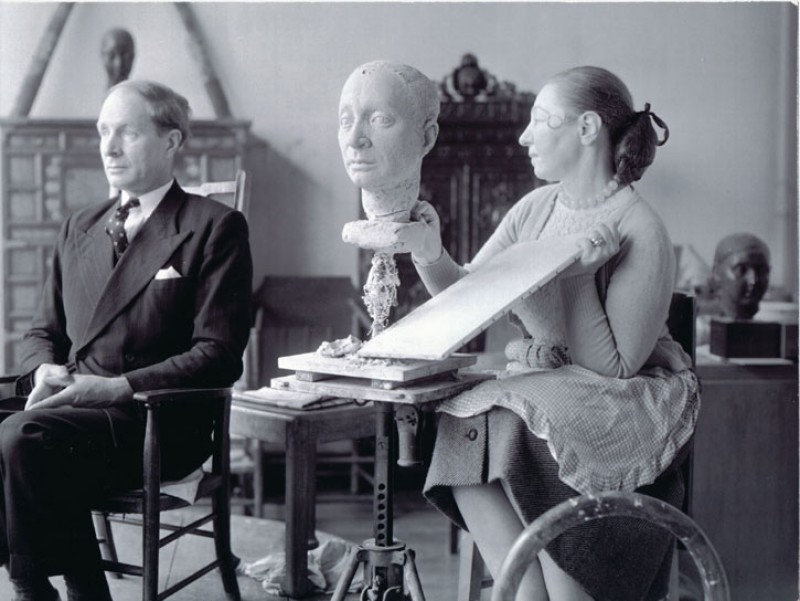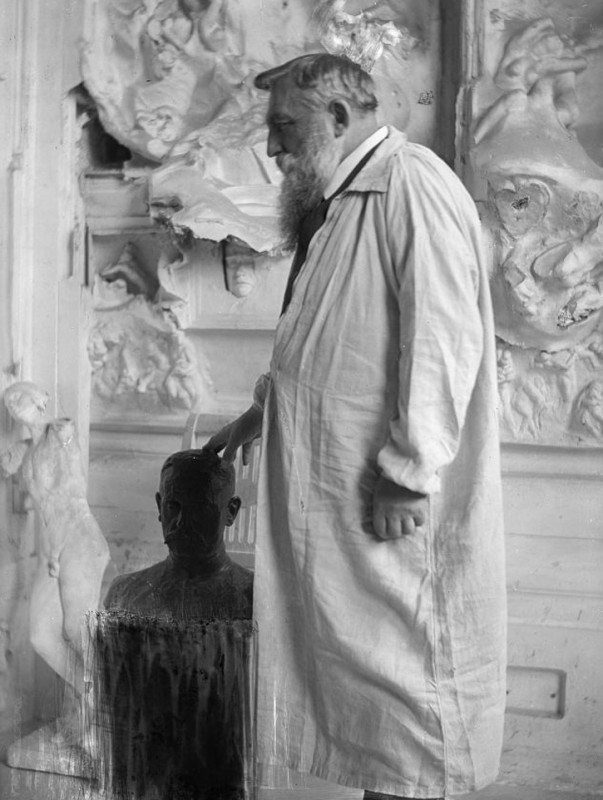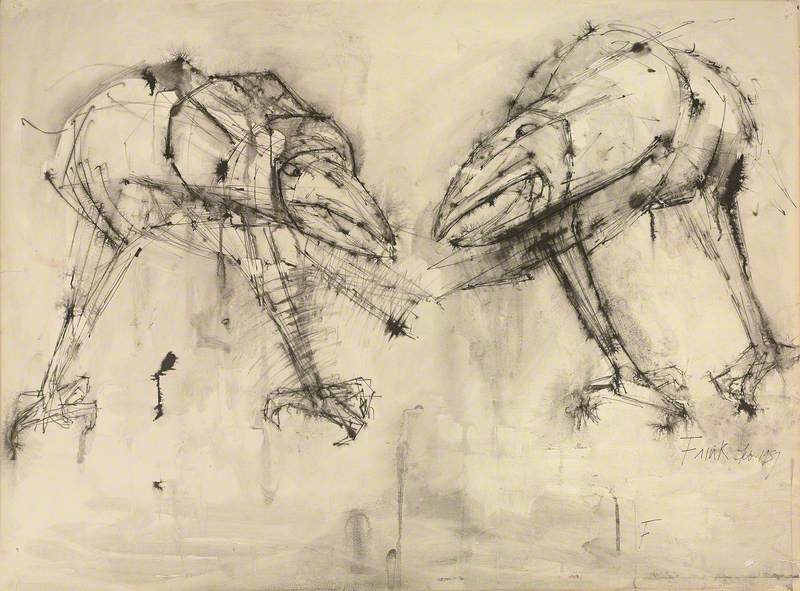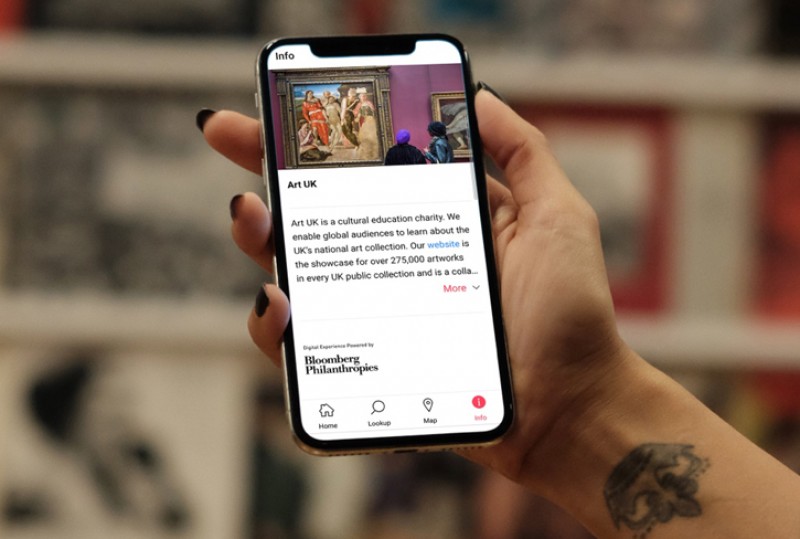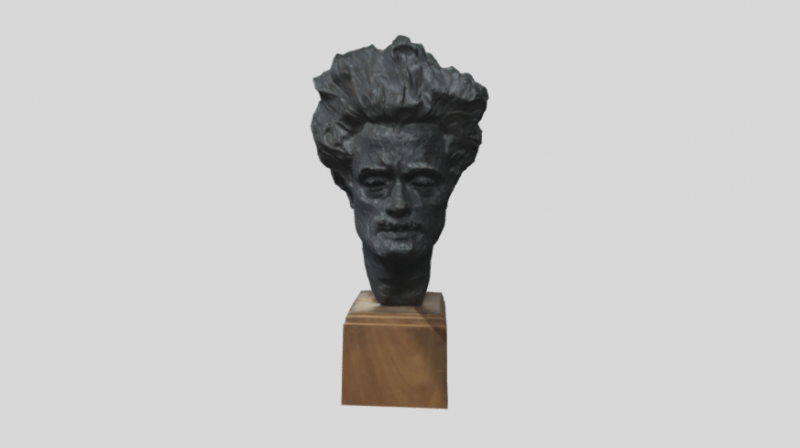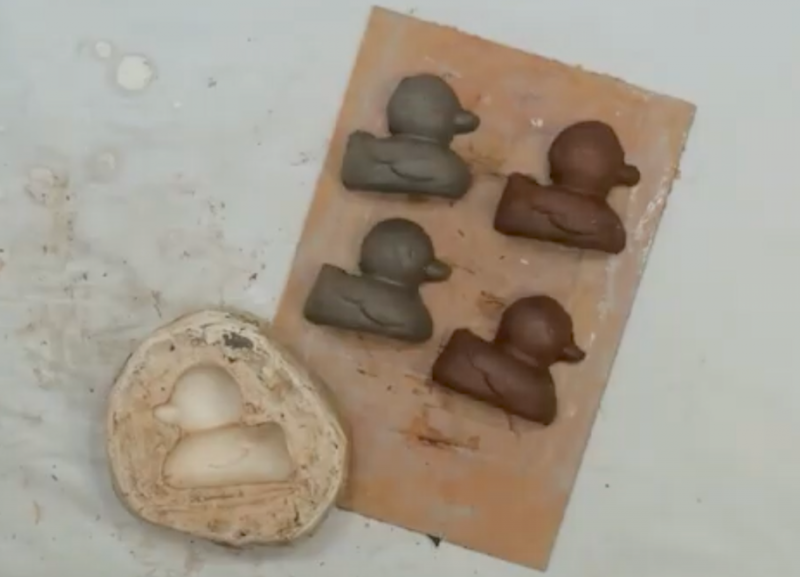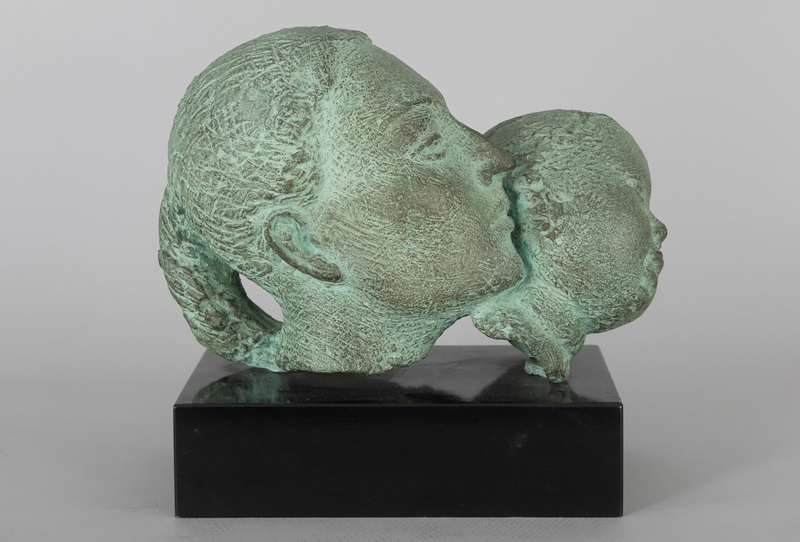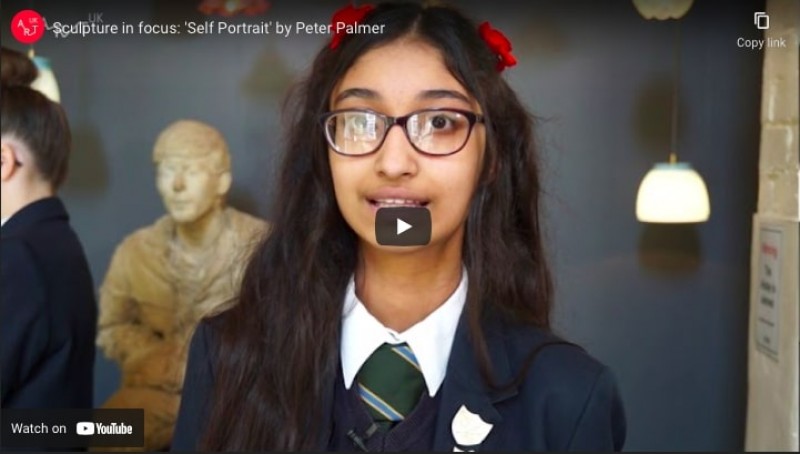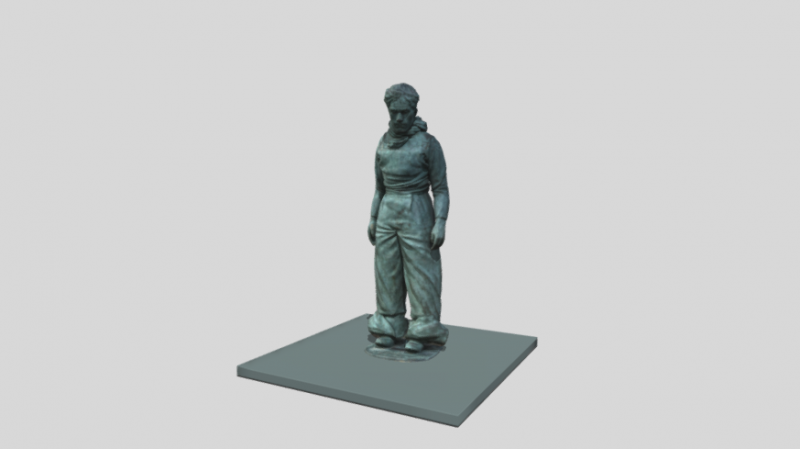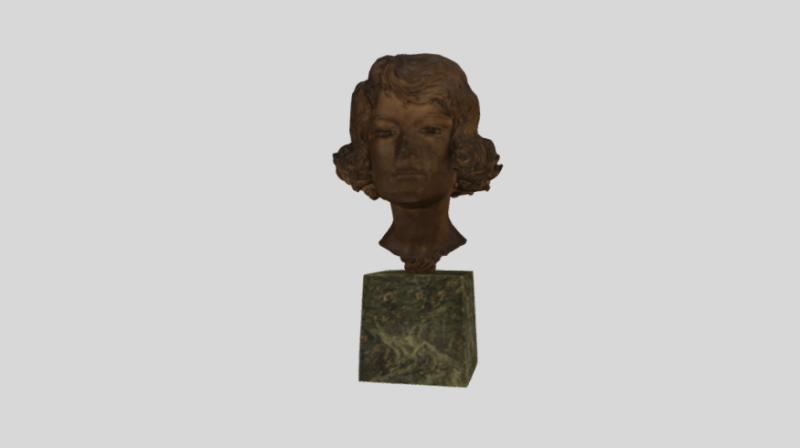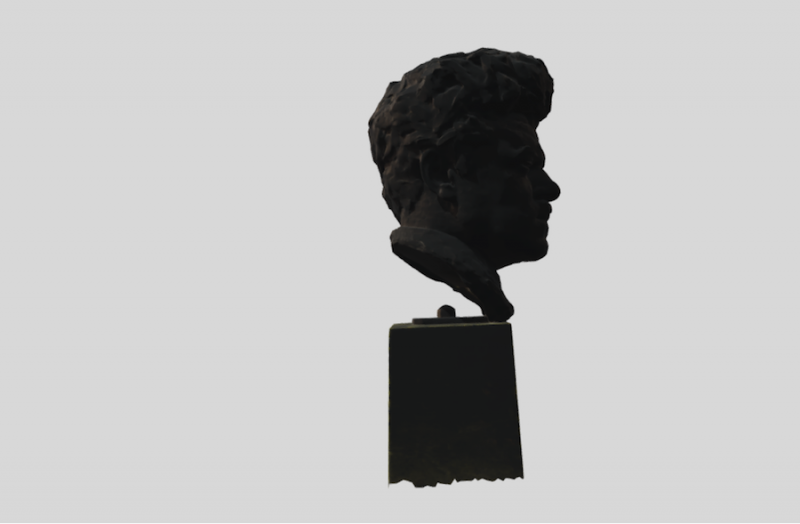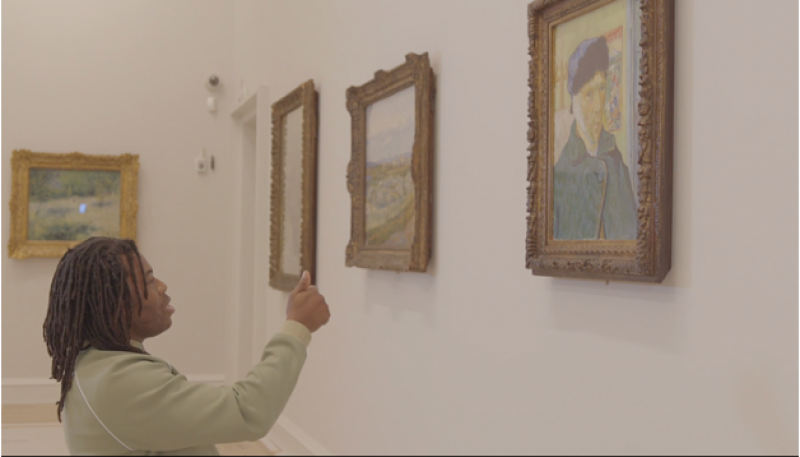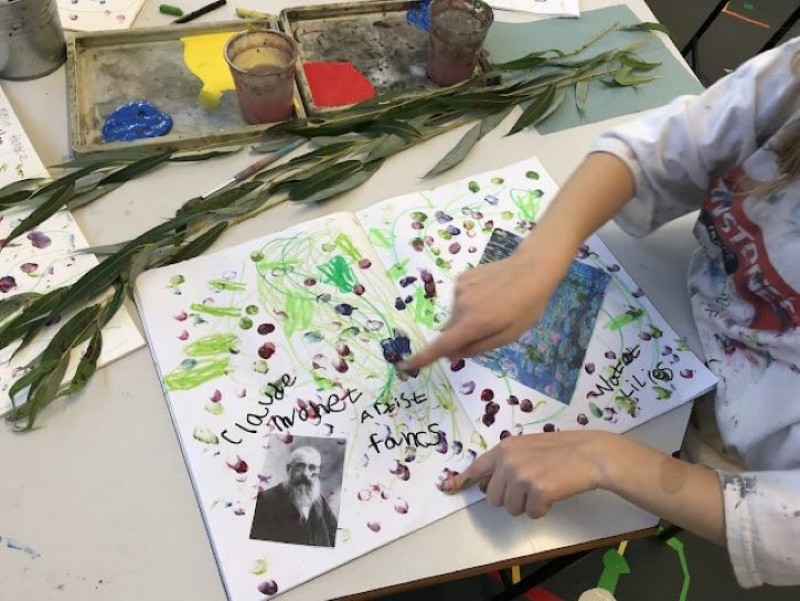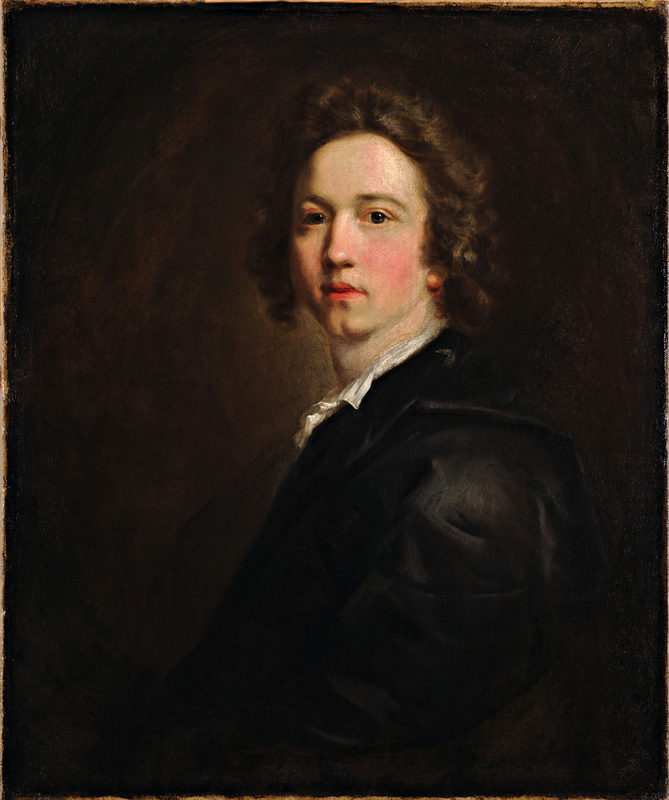William Lamb's sculptures
From the 1920s until his death, William Lamb produced many sculptures, often of the local people he saw around his hometown of Montrose.
Although best known for his powerful, expressive depictions of the local fisherfolk of Montrose, Lamb also made sculptures of artists and literary friends.
Here are two more sculptures by William Lamb. The sculptures are portraits of artist Edward Baird and poet and journalist Hugh McDiarmid. (This type of sculpture, which shows just the head and sometimes the shoulders of a person, is called a bust.)
Discuss the sculptures as a class
- What are your first impressions of each sculpture? (It might help to ask students to think of words to describe each sculpture.)
- Do you feel you know something about what these people are like from looking at the sculptures?
- Is the style of the sculptures similar – or very different?
- What do you think the sculptures are made from?
Sculpture thoughts
The sculptures are both portraits, but they look very different.
- The first is a portrait of a Scottish painter called Edward Baird. He, like Lamb, was from Montrose. We can see that his hair is short and neatly parted, he has a slight frown and seems calm and serious. The portrait looks more conventional. The surface of the sculpture is smoother.
- The second sculpture is a portrait of Scottish poet Hugh McDiarmid. It is less conventional and more expressively sculpted with a heavily textured surface. The expressive marks and textures suggest the passionate and flamboyant character of McDiarmid.
Although very different in colour, both sculptures are made from bronze. Bronze is naturally a golden brown colour (as seen in the sculpture of Baird). Its colour can change over time and oxidises when exposed to air. But it is also sometimes treated with chemicals such as potash to darken it and make it look black.
